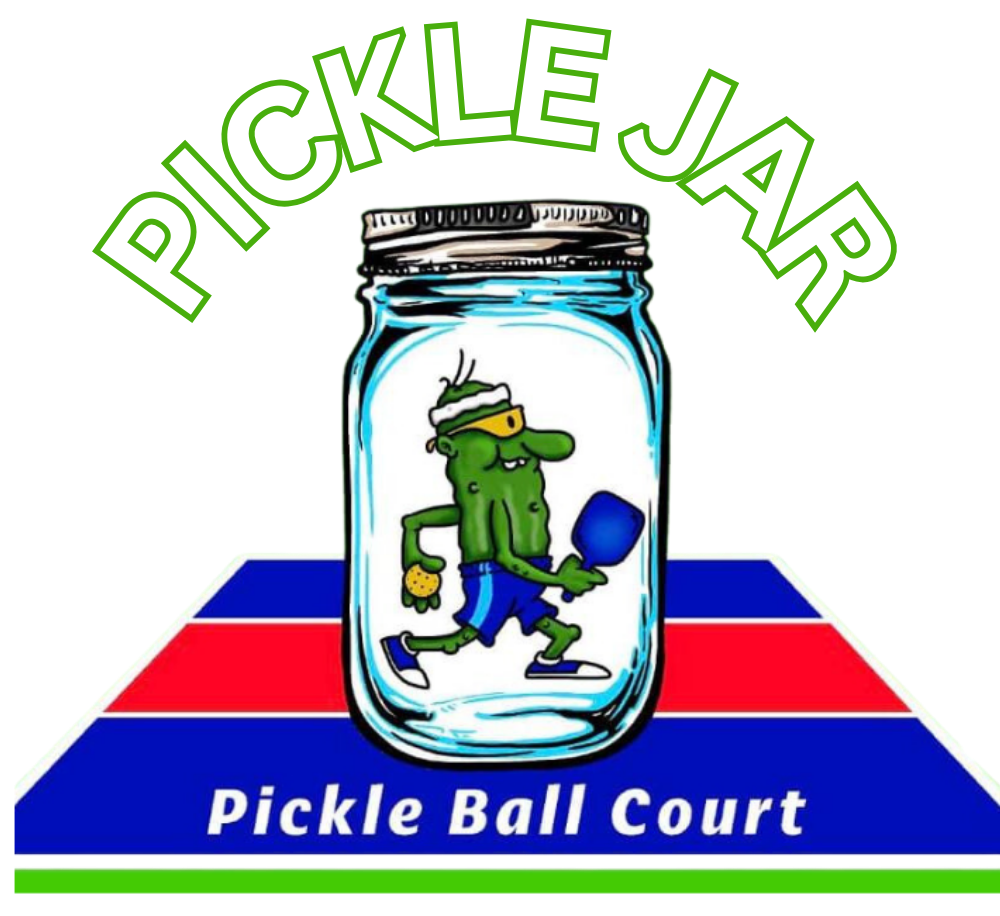The Growth Of Pickleball Facilities In Urban And Suburban Areas
Walk past a public court on a weekday and the story tells itself. Pickleball paddles pop in a steady rhythm, players call scores, and a loose ring of people waits for the next game. That soundtrack has spread across cities and towns, changing how communities use their recreation space. Parks repaint quiet tennis surfaces for pickleball, school gyms stretch tape between portable nets, and underused lots get cleaned up, lined, and brought back to life. The growth is not just more players. It is more places to play which feeds participation again and keeps momentum high from morning to evening.
The appeal fits real life. A compact court brings rallies within reach, yet there is room for touch and angles that make pickleball feel clever rather than chaotic. New players learn serve and return quickly, then get the small thrill of a rally soon after. Doubles lowers the physical load, spreads the movement across four people, and turns positioning into a quiet conversation instead of a sprint. Games tend to be short, which creates natural turnover and frequent chances to jump in without a long wait. That cadence keeps benches moving in parks and lets a single class period include many students in a gym.
What keeps the momentum rolling is the social fabric that grows around the lines. Open play shuffles partners in a friendly way, and regulars help newcomers find their footing without much ceremony. People trade tips, celebrate longer rallies, and settle into a habit that feels as social as it is active. When a sport blends movement, conversation, and a manageable time commitment, it slides into daily routines with less resistance. Pickleball checks those boxes, which is why conversions and signups tend to jump together.
Why The Game Clicks With So Many People
Accessibility sits at the center of the boom. The rules make sense after a short explanation, paddles feel intuitive, and the ball moves at a pace that invites experimentation. Those early wins arrive fast and keep people curious instead of overwhelmed. The skill path is clear too. A player can focus on a better serve, steadier third shots, and resets at the kitchen without abandoning what made the first sessions fun. Each layer adds depth rather than replacing the last one, so pickleball stays engaging as coordination grows.
The format suits a wide range of ages and abilities on the same surface. Grandparents can share a court with grandkids and still contribute, while teens find a competitive outlet in placement and pace. Parents who want a social sweat after work can drop into open play without heavy planning. Doubles rewards teamwork and communication as much as pure speed, which means experience and craft matter alongside fitness. Improvement is visible within a few sessions. Fewer mishits, longer rallies, smarter reads at the net. When progress feels tangible, return visits follow.
Health benefits tend to show up without much fanfare. Quick starts, side steps, and short sprints build balance and coordination in a way that feels like play. Reaction time sharpens, posture improves, and footwork grows lighter. Because the court is compact, joints deal with less pounding than many larger fields or surfaces. People often leave a session clear headed as well as physically worked, which is a good trade for a slice of weekday time. That mix of movement and mood lift turns a passing interest into a steady routine.
Conversions That Unlock Courts Fast
The reason lines keep appearing is straightforward. Pickleball reuses space well. A single tennis surface can be painted to support several courts with clear color differences, which multiplies playable areas without lengthy timelines. Parks that once hosted one match now run clusters of games from morning through evening. School gyms bring out portable nets and temporary lines so students play during the day and the community plays at night. Vacant lots take more prep, yet basic grading and surfacing can turn an idle corner into a useful spot with nets, fences, and lights for pickleball.
Those conversions change the map of a town. People find a court a few blocks closer than the one they drove to last month. After a couple of sessions, that nearer spot becomes the default for meetups. Usage spikes, parks staff notice, and another surface gets striped. A nearby gym opens a weekend block when weather turns. The loop continues. Outdoor parks capture sunny afternoons, while indoor facilities catch early mornings, lunch breaks, and late evenings through colder or wetter months. Together they create a year round system where pickleball is close, consistent, and easy to schedule.
From First Court To Community Hub
Indoor venues amplify that effect by removing guesswork. Lighting is even, the bounce is predictable, and climate control keeps muscles warm and footing confident for crisp exchanges. Schedules post early and stay accurate, which makes it easy to plan around work and family. Beginners can learn in a calmer setting, then take those habits to community courts. Experienced players can book focused windows for longer rallies and specific drills. The building becomes a reliable meeting place and a natural anchor for the outdoor pickleball scene.
Simple technology ties it together. Apps and group chats make it easy to find partners, fill courts, and balance skill levels. People commit to a session in seconds and move on with the rest of the day. The result is less time organizing and more time hitting, which is exactly what keeps participation growing. In the bigger picture, it reflects a shift in how people approach recreation. They want activities that fit varied schedules, deliver real movement, and offer genuine connection. Pickleball fits that brief and keeps proving it, one game and one new conversion at a time.
Courts are multiplying because the game fits modern routines. It offers reachable skills, quick sessions, and a friendly culture in spaces communities already understand. Conversions from tennis courts, gyms, and vacant lots keep pace with interest, and indoor centers keep that momentum steady through every season.
At The Pickle Jar, we build on that momentum with consistent indoor conditions, clear schedules, and sessions that welcome beginners while challenging experienced players. If you want a dependable home for pickleball during any month of the year,
contact us to set a time that fits.

